Home>Gardening & Outdoor>Pool & Spa Care>How To Close Hot Tub For Winter
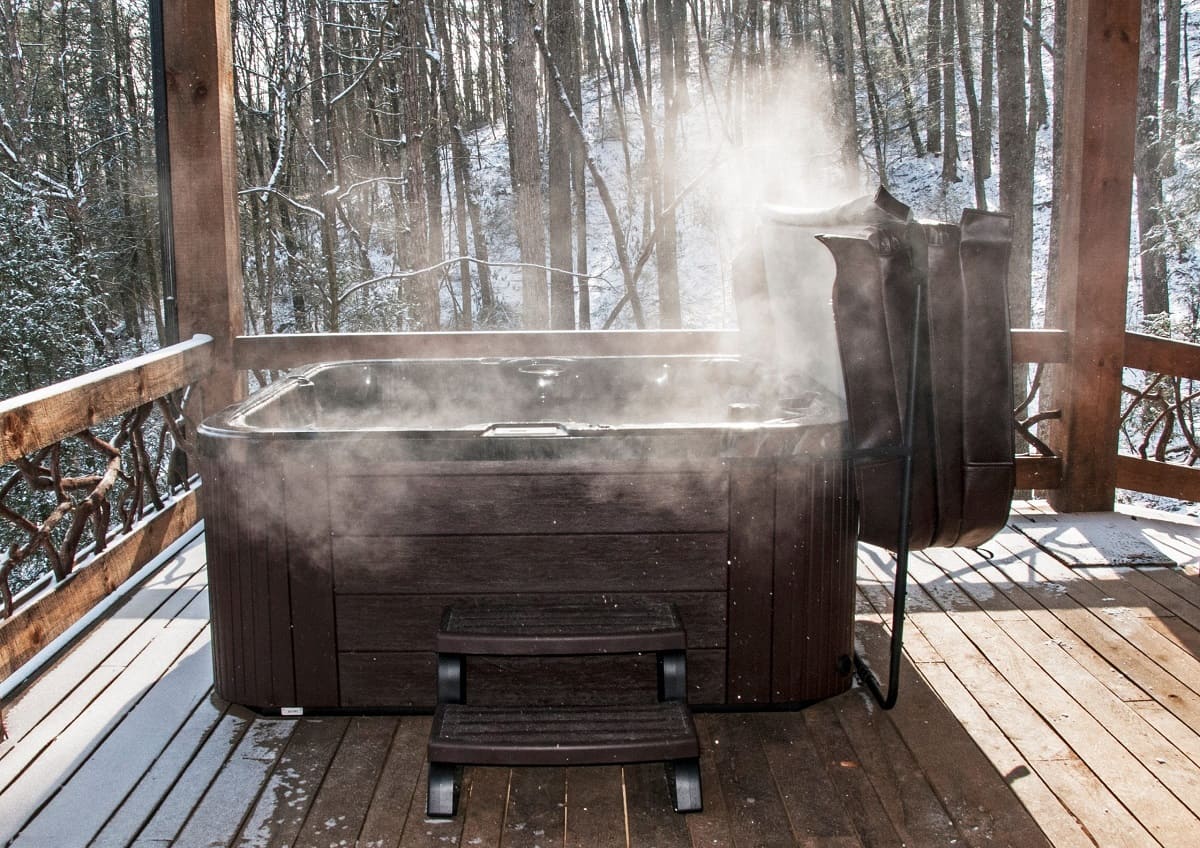

Pool & Spa Care
How To Close Hot Tub For Winter
Modified: February 26, 2024
Learn the essential steps for closing your hot tub for the winter to ensure proper pool and spa care. Protect your investment and keep your hot tub in top condition.
(Many of the links in this article redirect to a specific reviewed product. Your purchase of these products through affiliate links helps to generate commission for Storables.com, at no extra cost. Learn more)
Introduction
As the days grow shorter and the air turns crisp, it’s time to start thinking about winterizing your hot tub. Properly closing your hot tub for the winter is crucial to protect it from the harsh elements and ensure it’s in top condition when spring arrives. By following a few simple steps, you can safeguard your investment and enjoy a stress-free winter season.
In this guide, we’ll walk you through the process of closing your hot tub for the winter, from cleaning and draining the water to protecting the plumbing and covering the tub. With a little effort now, you can avoid potential damage and costly repairs down the road. So, let’s dive in and learn how to prepare your hot tub for the winter months ahead.
Key Takeaways:
- Protect your hot tub from winter damage by cleaning, draining, and covering it. This ensures a stress-free winter and a smooth reopening in spring.
- Safeguard your hot tub by cleaning the surfaces, draining the water, and protecting the plumbing. A well-maintained cover is crucial for winterizing.
Read more: How To Winterize A Hot Tub In The Winter
Step 1: Clean the Hot Tub
Before closing your hot tub for the winter, it’s essential to give it a thorough cleaning. Start by removing any debris, such as leaves or twigs, from the water and skimmer basket. Use a skimmer net to scoop out any floating debris, and a vacuum to clean the bottom of the tub.
Next, clean the hot tub surfaces with a mild, non-abrasive cleaner that is safe for use on acrylic or fiberglass. Be sure to follow the manufacturer’s guidelines for cleaning to avoid damaging the tub’s finish. Pay special attention to the waterline, as this is where dirt and oils tend to accumulate. A soft cloth or sponge can be used to gently scrub away any buildup.
Don’t forget to clean the hot tub cover as well. Use a gentle cleanser to remove any dirt or grime, and be sure to rinse it thoroughly with water. Once clean, allow the cover to dry completely before storing it for the winter.
Finally, check the hot tub’s plumbing and jets for any signs of buildup or blockages. Use a pipe cleaning solution recommended by the manufacturer to ensure that the plumbing system is clear and free of debris. Keeping the hot tub clean before closing it for the winter will help prevent any issues from arising during the dormant months.
Step 2: Drain the Water
Once the hot tub is sparkling clean, the next step in winterizing it is to drain the water. Start by turning off the power to the hot tub at the circuit breaker to prevent the risk of the tub accidentally turning on while it’s empty. Then, locate the drain valve, typically located near the bottom of the tub.
Attach a garden hose to the drain valve and direct the other end to a suitable drainage area, ensuring that the water will flow away from the hot tub and not pool around the foundation of your home. Open the drain valve and allow the water to empty completely. Depending on the size of your hot tub, this process may take some time, so be patient and ensure that all the water is expelled.
While the hot tub is draining, take the opportunity to inspect the interior for any signs of damage or wear. Look for cracks, peeling surfaces, or any other areas that may need attention before the tub is refilled in the spring. Addressing any issues now will help prevent them from worsening during the winter months.
Once the hot tub is completely drained, use a wet/dry vacuum to remove any remaining water from the tub and plumbing lines. It’s important to ensure that all water is removed to prevent freezing and potential damage to the tub’s components.
With the water drained and the tub thoroughly dried, the next steps in preparing your hot tub for winter can be undertaken, ensuring that it remains in excellent condition until the warmer months return.
Step 3: Remove and Clean Filters
As part of the winterization process for your hot tub, it’s crucial to remove and clean the filters. The filters play a vital role in keeping the water clean and free of debris, so maintaining them is essential for the overall health of your hot tub.
Start by locating the filter housing, which is typically found near the hot tub’s access panel. Depending on the type of filter your hot tub uses, you may have a cartridge filter, sand filter, or diatomaceous earth (DE) filter. Refer to your hot tub’s manual for specific instructions on removing and cleaning the filters.
Once the filters are removed, inspect them for any signs of damage or wear. If the filters are showing signs of deterioration, such as fraying or cracking, it’s best to replace them with new ones to ensure optimal filtration performance. If the filters are in good condition, proceed with cleaning them.
To clean cartridge filters, rinse them thoroughly with a garden hose to remove any debris and buildup. For a deeper clean, you can soak the filters in a filter cleaning solution recommended by the hot tub manufacturer. After soaking, rinse the filters again to remove any residual cleaner and allow them to dry completely before reinstalling them in the hot tub.
For sand and DE filters, refer to the manufacturer’s guidelines for proper cleaning and maintenance. This may involve backwashing the filter or disassembling it for a thorough cleaning. Following the recommended cleaning procedures will help ensure that the filters operate efficiently when the hot tub is put back into use.
Properly maintaining and cleaning the filters is essential for the longevity and performance of your hot tub. By taking the time to care for the filters before winter sets in, you’ll help preserve the water quality and overall functionality of your hot tub.
Before closing your hot tub for winter, make sure to clean and drain it completely to prevent any damage from freezing temperatures. Remove and store the filter, and cover the tub with a secure, insulated cover to protect it from the elements.
Step 4: Protect the Plumbing
As you prepare to close your hot tub for the winter, it’s crucial to take steps to protect the plumbing system from potential damage caused by freezing temperatures. Water left in the plumbing lines can freeze and expand, leading to costly and extensive repairs. By safeguarding the plumbing, you can avoid these issues and ensure that your hot tub remains in optimal condition.
Begin by using a wet/dry vacuum to remove any remaining water from the plumbing lines. It’s essential to thoroughly clear the lines of water to prevent freezing. Ensure that both the suction and discharge sides of the pump, as well as the heater and any other components, are completely dry.
Next, consider using a specially formulated plumbing antifreeze to further protect the lines from freezing. This type of antifreeze is designed specifically for hot tubs and is safe for use in the plumbing system. Follow the manufacturer’s instructions for adding the antifreeze to the plumbing lines, ensuring that it circulates throughout the system to provide comprehensive protection.
Another essential aspect of protecting the plumbing is to ensure that any exposed pipes or fittings are insulated. Use foam pipe insulation or insulating tape to wrap around vulnerable areas, such as the union fittings and valves. This additional layer of insulation can help prevent heat loss and further protect the plumbing from freezing temperatures.
By taking these proactive measures to safeguard the hot tub’s plumbing, you can mitigate the risk of damage caused by freezing and ensure that the plumbing system remains intact throughout the winter months. With the plumbing protected, you can proceed with the final steps of winterizing your hot tub, knowing that it’s well-prepared for the season ahead.
Read more: How To Close A Hot Tub For The Summer
Step 5: Cover the Hot Tub
After completing the essential steps of cleaning, draining, and protecting the plumbing, the final task in winterizing your hot tub is to cover it securely. A well-fitted cover is vital for shielding the hot tub from the elements and preventing debris from accumulating during the winter months.
Before covering the hot tub, ensure that the cover itself is clean and free of any dirt or debris. Use a gentle cleanser to wash the cover, and allow it to dry completely before placing it on the tub. This will help prevent any contaminants from getting trapped between the cover and the hot tub’s surface.
When positioning the cover, ensure that it fits snugly and securely over the hot tub. If your cover has locking straps or clips, fasten them according to the manufacturer’s guidelines to keep the cover in place, especially during strong winds or storms. A well-secured cover not only protects the hot tub from debris but also helps maintain the cover itself, extending its lifespan.
For added protection, consider using a cover cap or weather shield to provide an extra layer of defense against snow, ice, and harsh weather conditions. These accessories can help prolong the life of the hot tub cover and provide additional insulation for the tub during the winter months.
It’s important to periodically check the hot tub cover throughout the winter to ensure that it remains secure and in good condition. Clear any snow or debris that may accumulate on the cover to prevent excessive weight and maintain its integrity.
By covering the hot tub properly, you’ll not only protect it from the elements but also help maintain its overall condition. A well-maintained cover can help extend the life of your hot tub and ensure that it’s ready for enjoyment when the warmer weather returns.
Conclusion
Winterizing your hot tub is a crucial step in preserving its condition and ensuring that it remains in top shape for the long term. By following the comprehensive steps outlined in this guide, you can safeguard your hot tub from the potential damage caused by freezing temperatures and harsh winter weather.
From thoroughly cleaning the hot tub and draining the water to protecting the plumbing and securely covering the tub, each step plays a vital role in preparing your hot tub for the winter months. Taking the time to complete these tasks will not only help prevent costly repairs but also make the process of reopening your hot tub in the spring much smoother and more enjoyable.
Remember to refer to your hot tub’s specific manual and guidelines for winterization to ensure that you’re following the manufacturer’s recommendations. Additionally, if you’re unsure about any aspect of the winterization process, don’t hesitate to consult with a professional or your hot tub dealer for expert guidance.
By investing the effort now to properly close your hot tub for the winter, you can look forward to a worry-free season and the prospect of relaxing in your well-maintained hot tub when the warmer days return. With the right care and attention, your hot tub will continue to provide enjoyment for years to come.
So, take the time to winterize your hot tub properly, and you’ll be rewarded with a rejuvenated and ready-to-use oasis when spring arrives.
Frequently Asked Questions about How To Close Hot Tub For Winter
Was this page helpful?
At Storables.com, we guarantee accurate and reliable information. Our content, validated by Expert Board Contributors, is crafted following stringent Editorial Policies. We're committed to providing you with well-researched, expert-backed insights for all your informational needs.
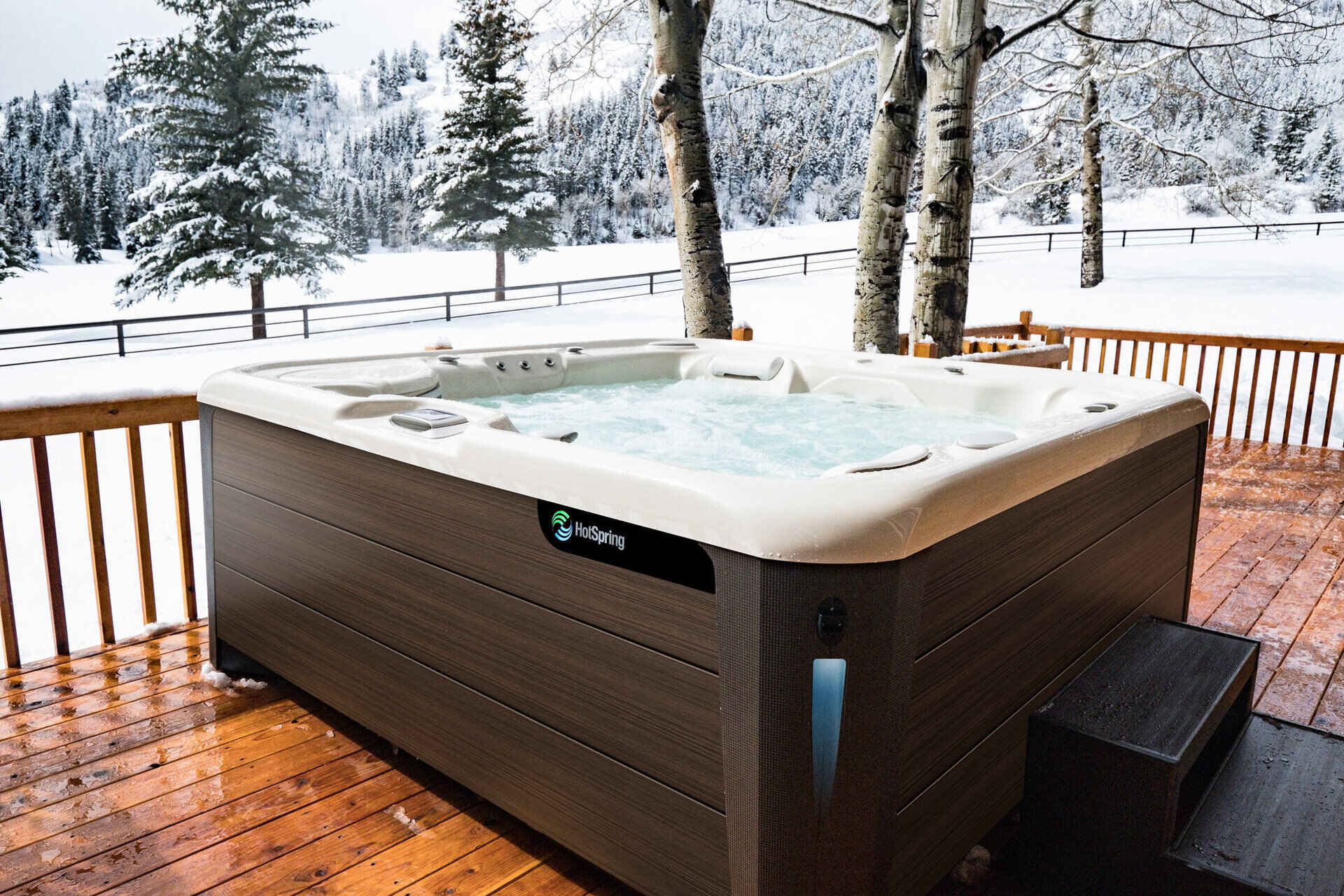
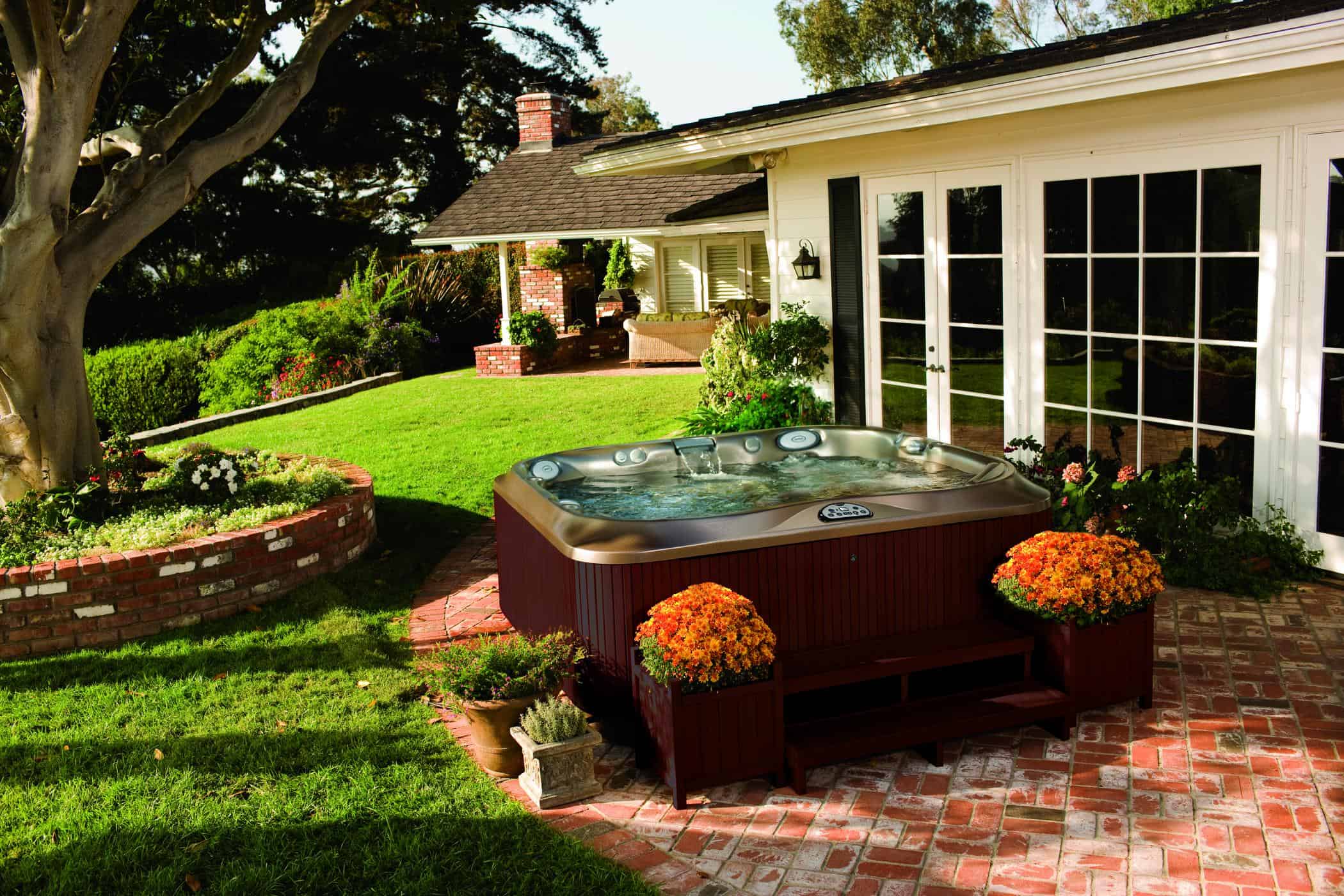
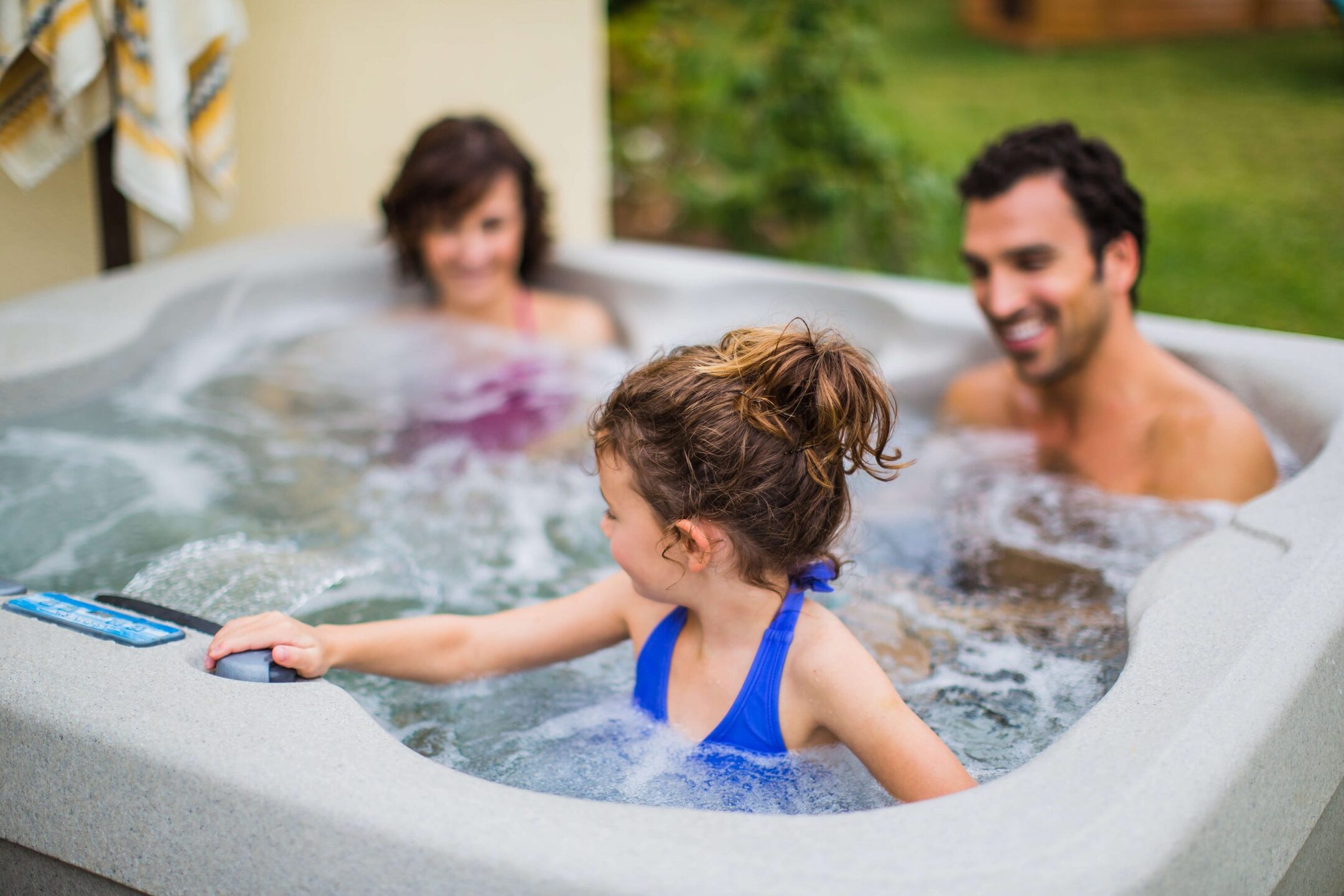
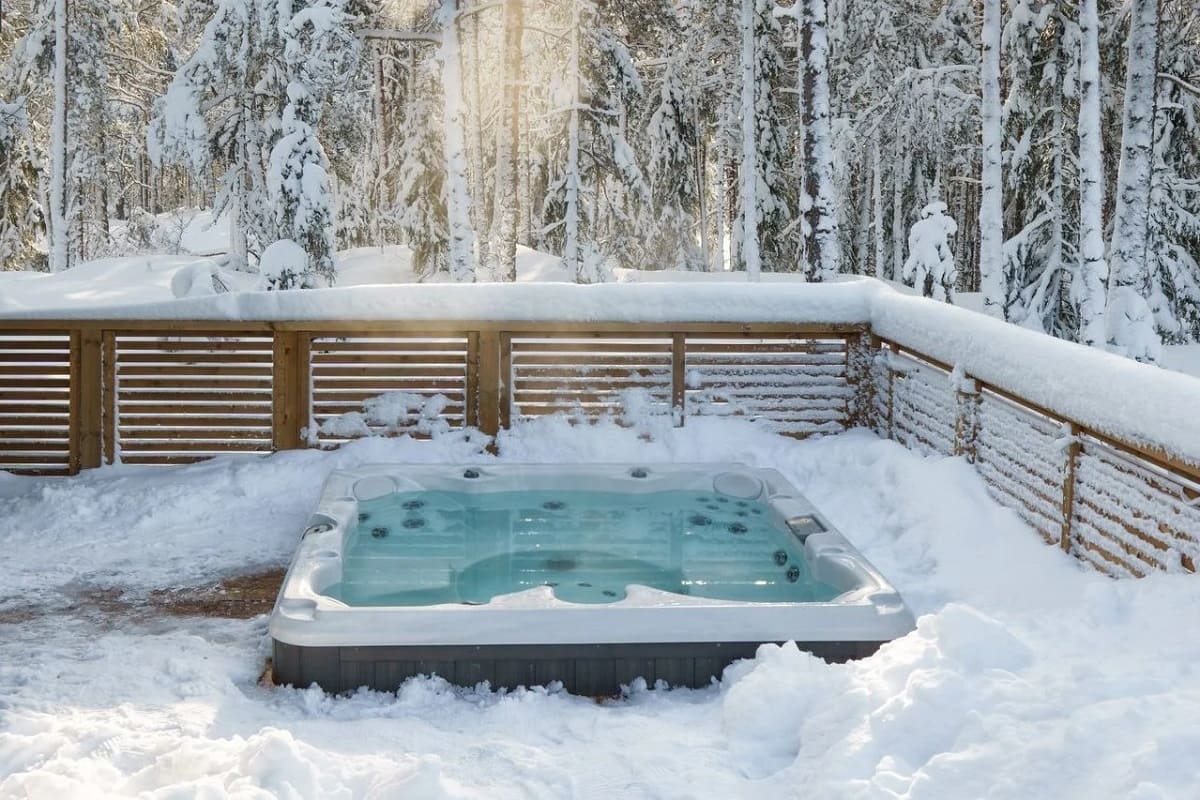
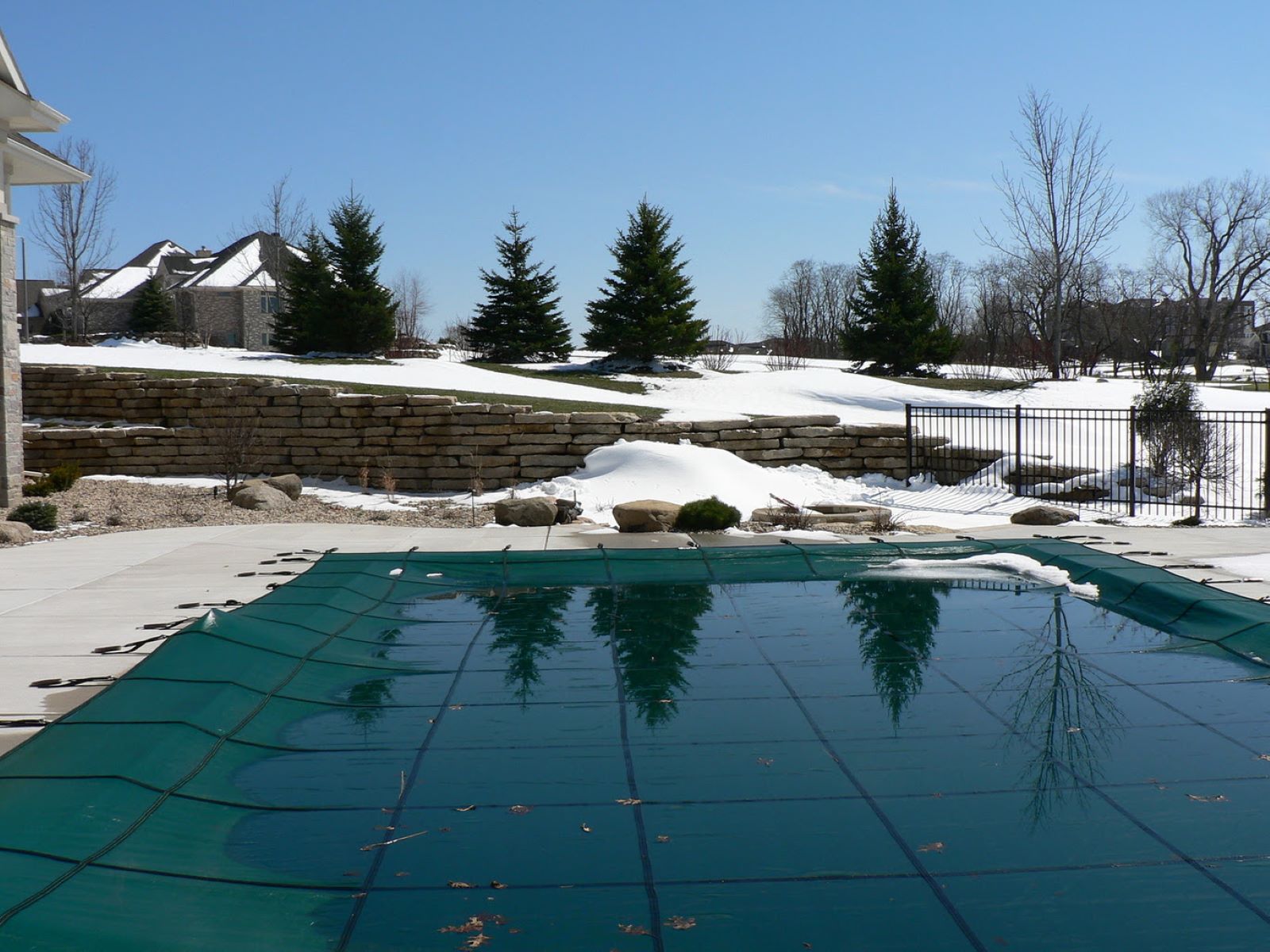
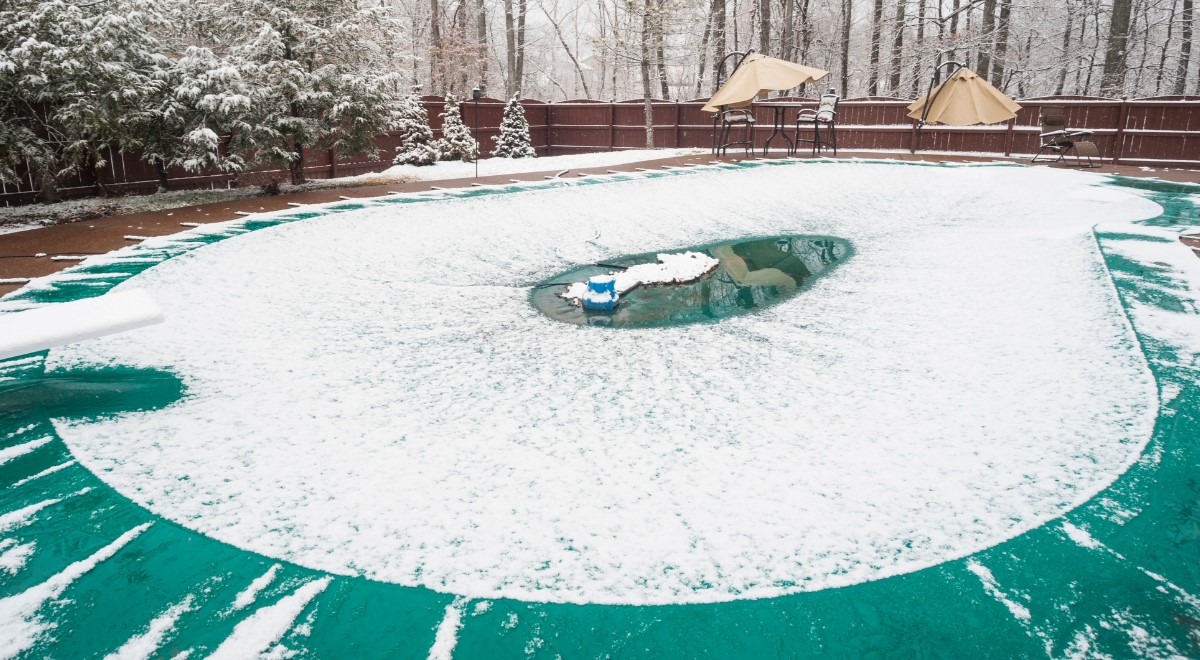
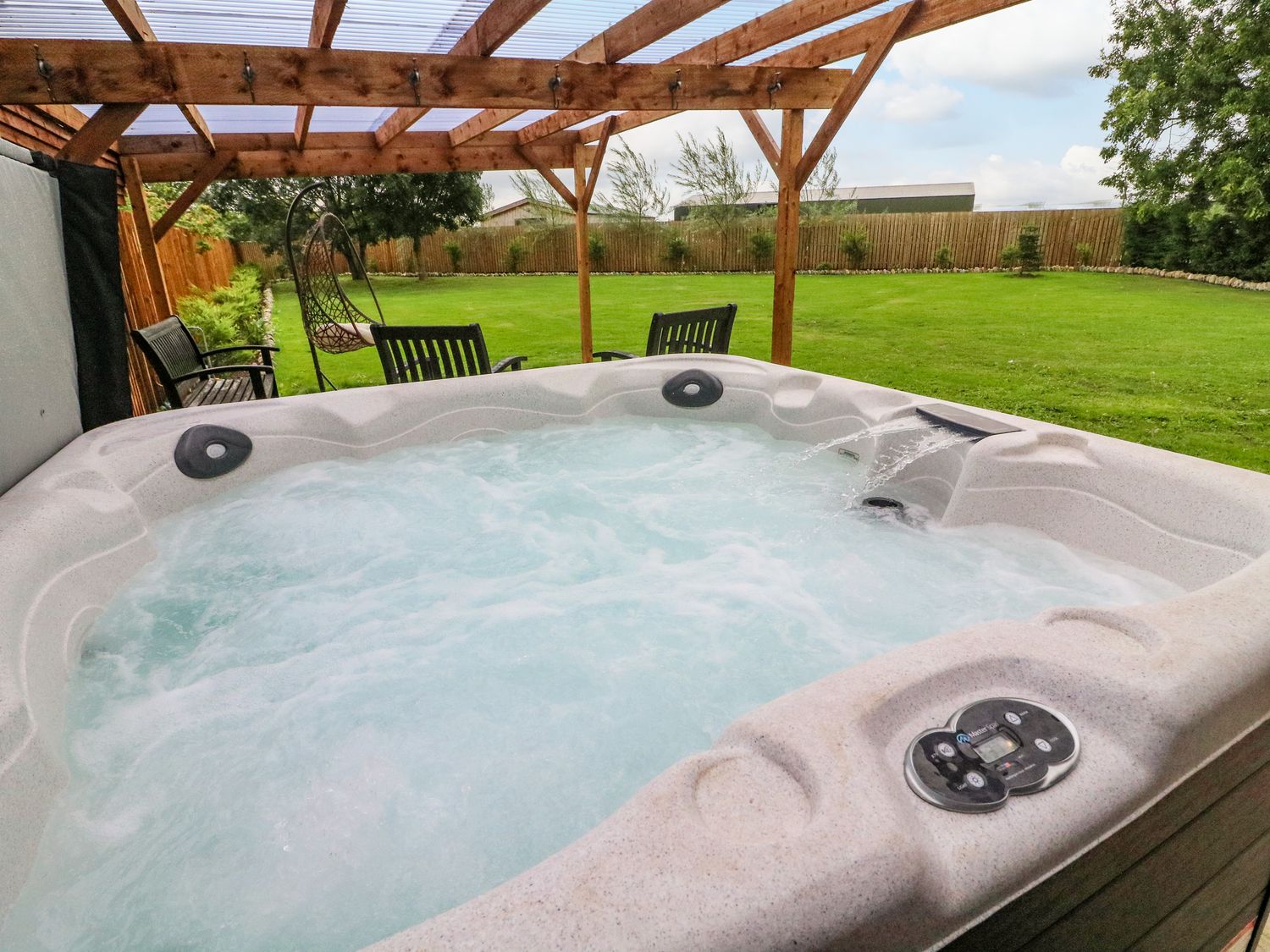
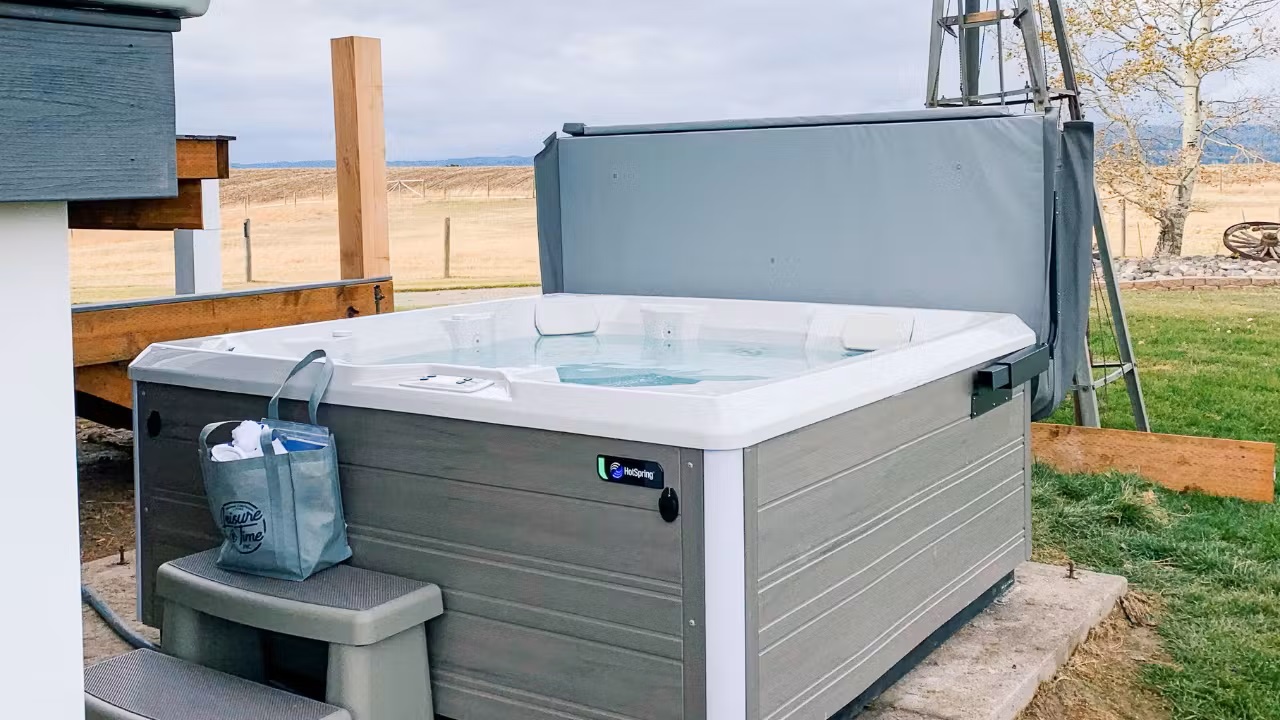
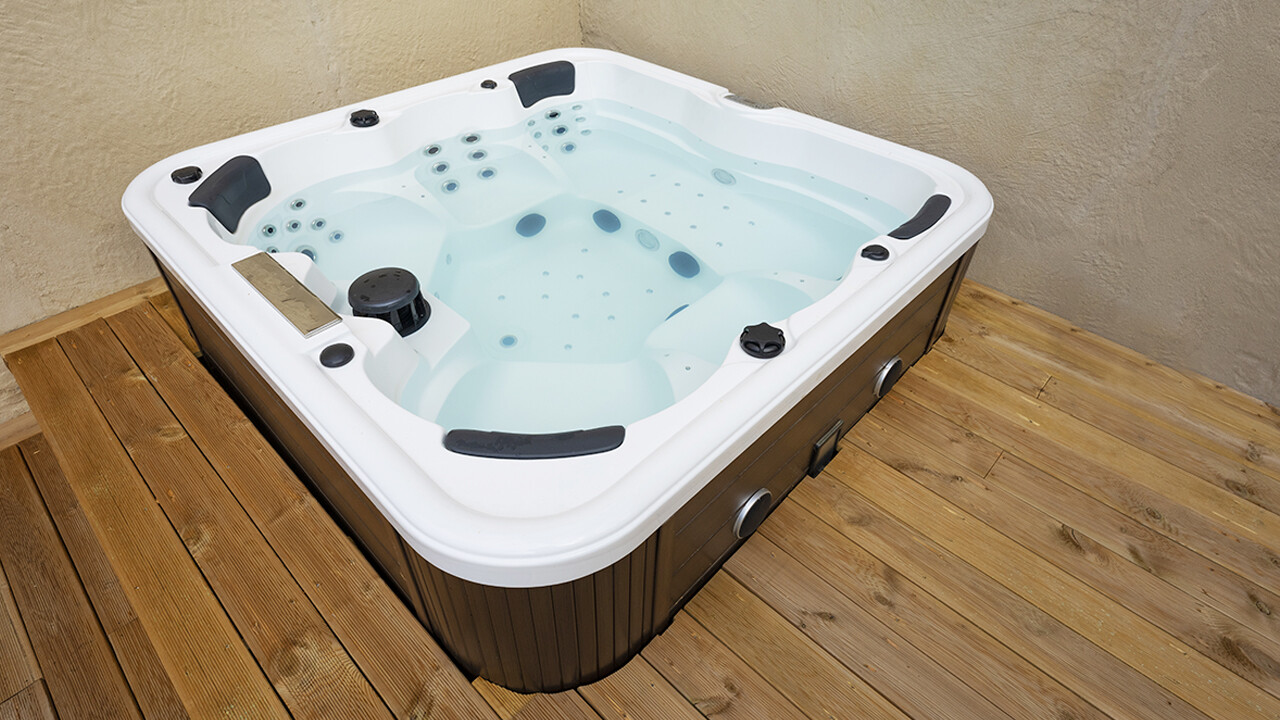
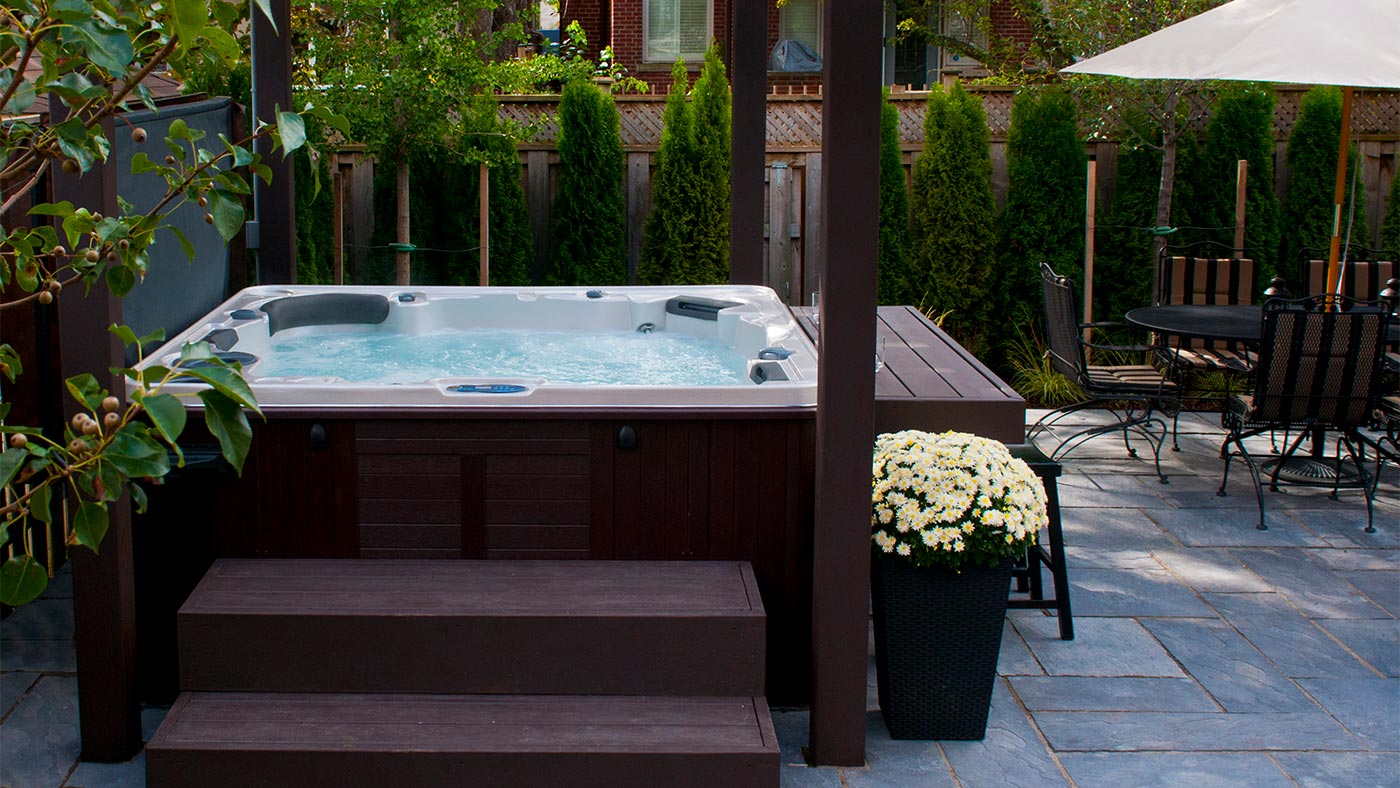
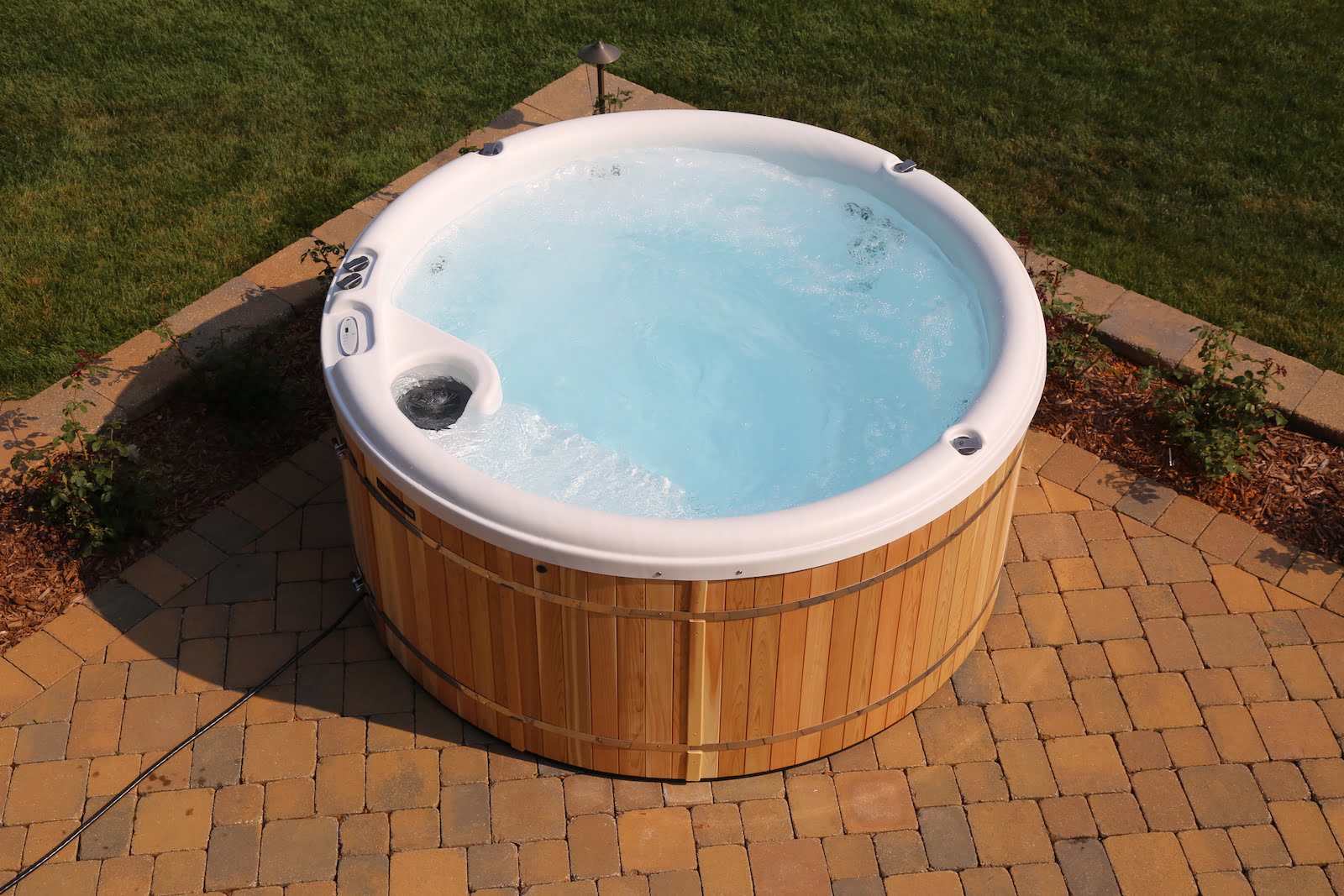
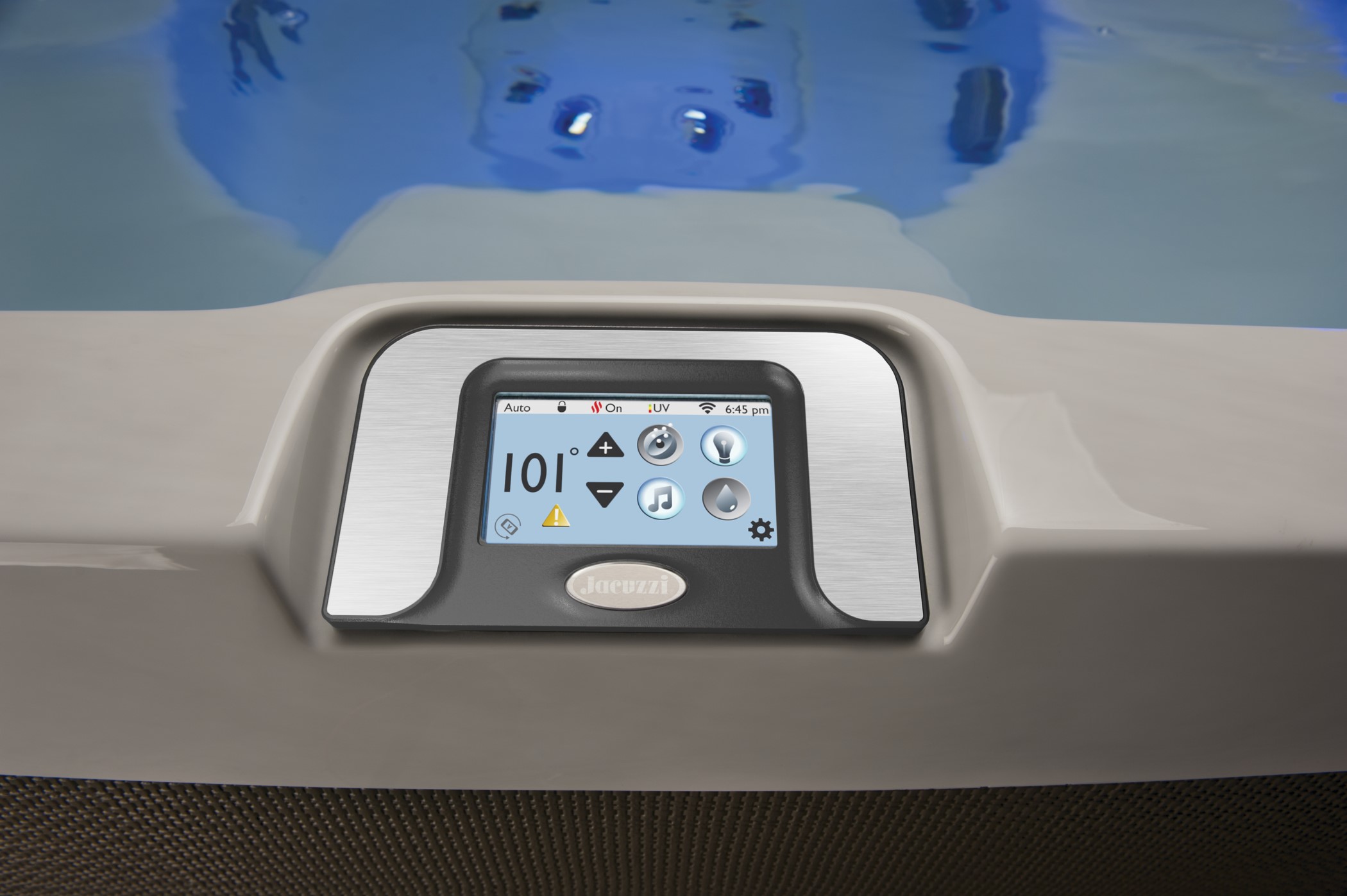
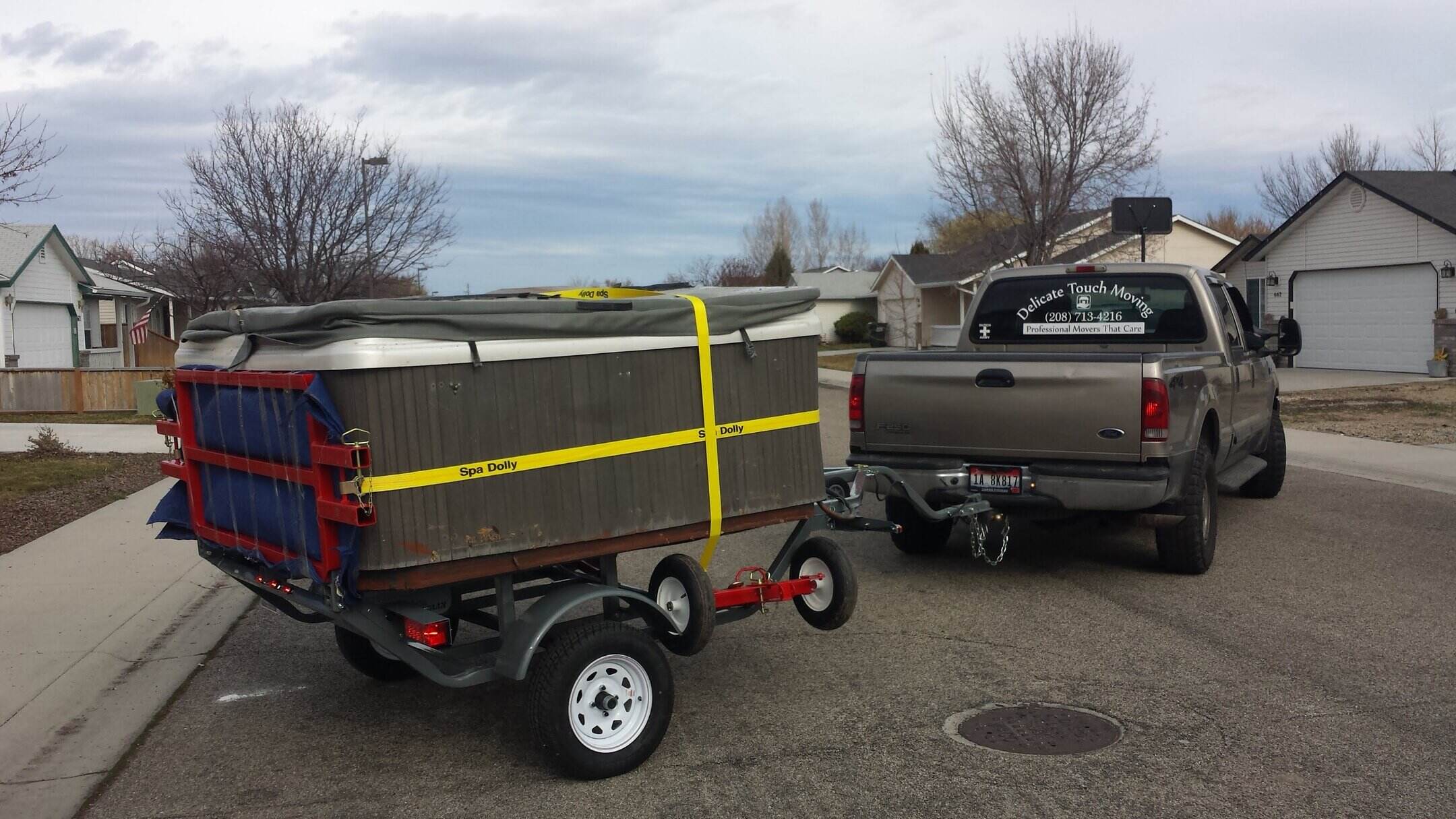
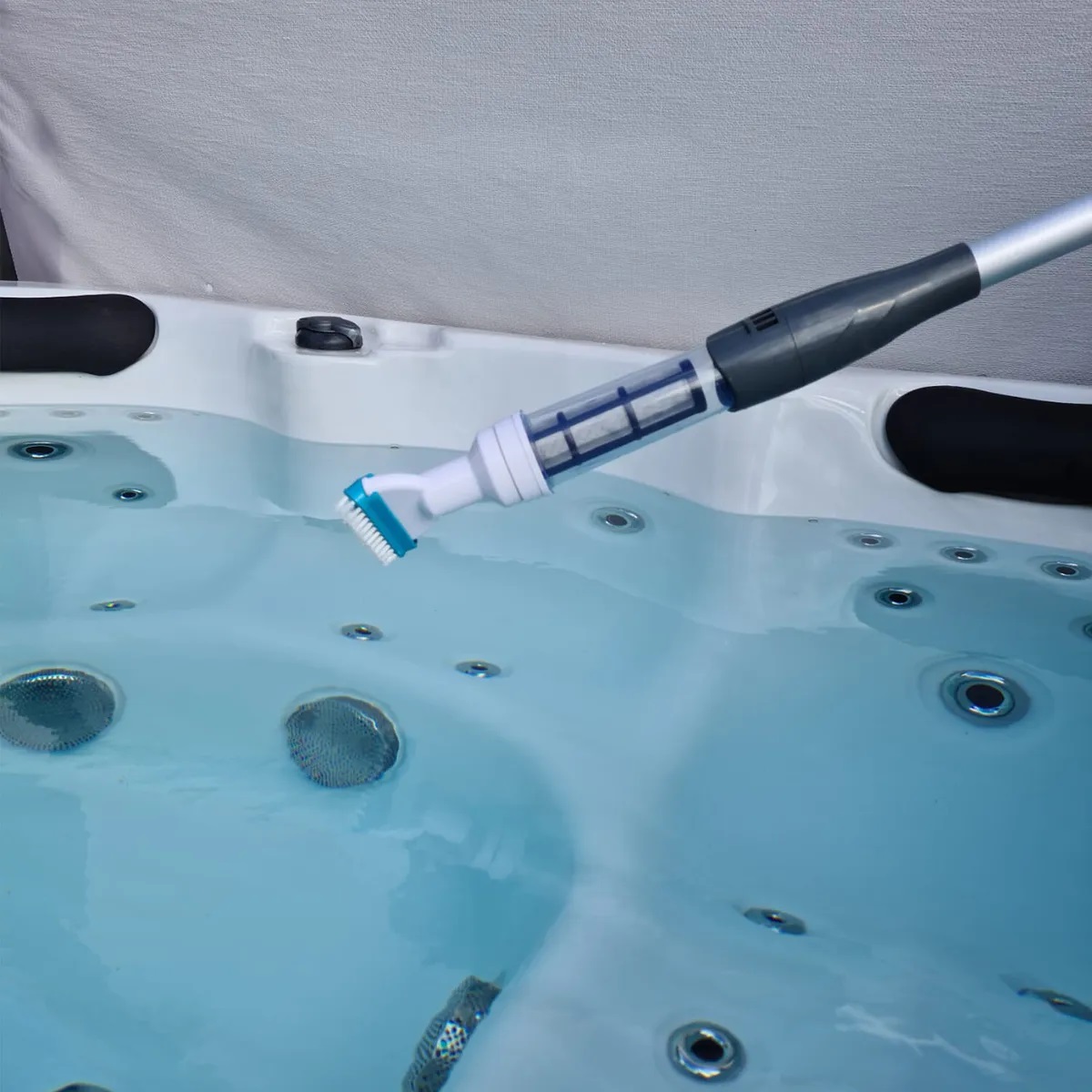

0 thoughts on “How To Close Hot Tub For Winter”